
How to Use Single Neopixel: Examples, Pinouts, and Specs
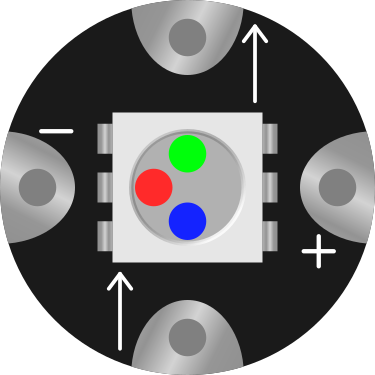
 Design with Single Neopixel in Cirkit Designer
Design with Single Neopixel in Cirkit DesignerIntroduction
The Single Neopixel is an individually addressable RGB LED capable of producing a wide range of colors and lighting effects. It integrates a WS2812 or similar driver chip, allowing precise control of brightness and color for each LED. This component is widely used in decorative lighting, displays, wearables, and creative projects requiring dynamic and customizable lighting.
Common applications include:
- LED strips and decorative lighting
- Wearable electronics
- Interactive displays and signage
- DIY projects and prototyping
Explore Projects Built with Single Neopixel
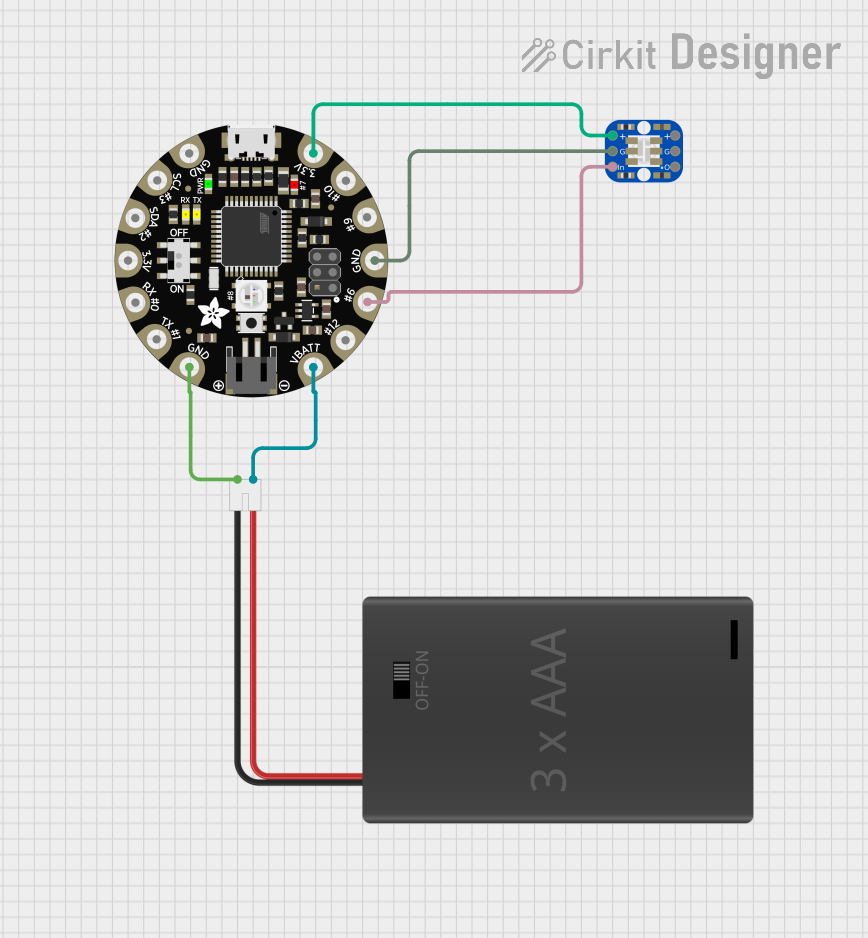
 Open Project in Cirkit Designer
Open Project in Cirkit Designer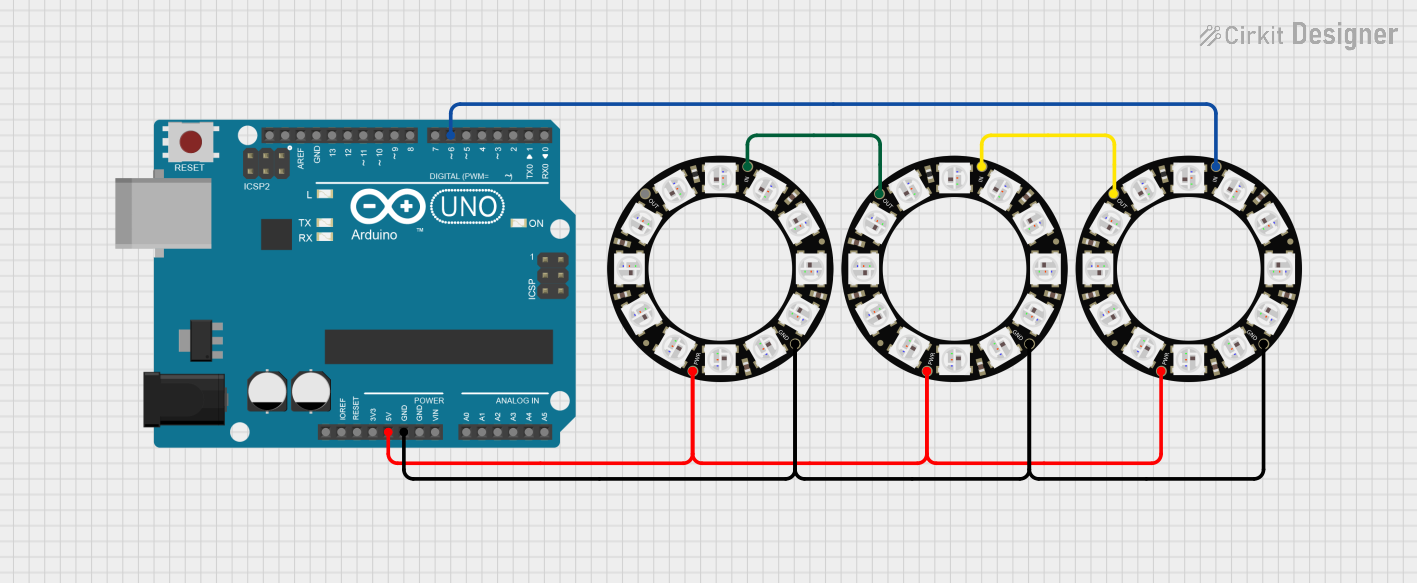
 Open Project in Cirkit Designer
Open Project in Cirkit Designer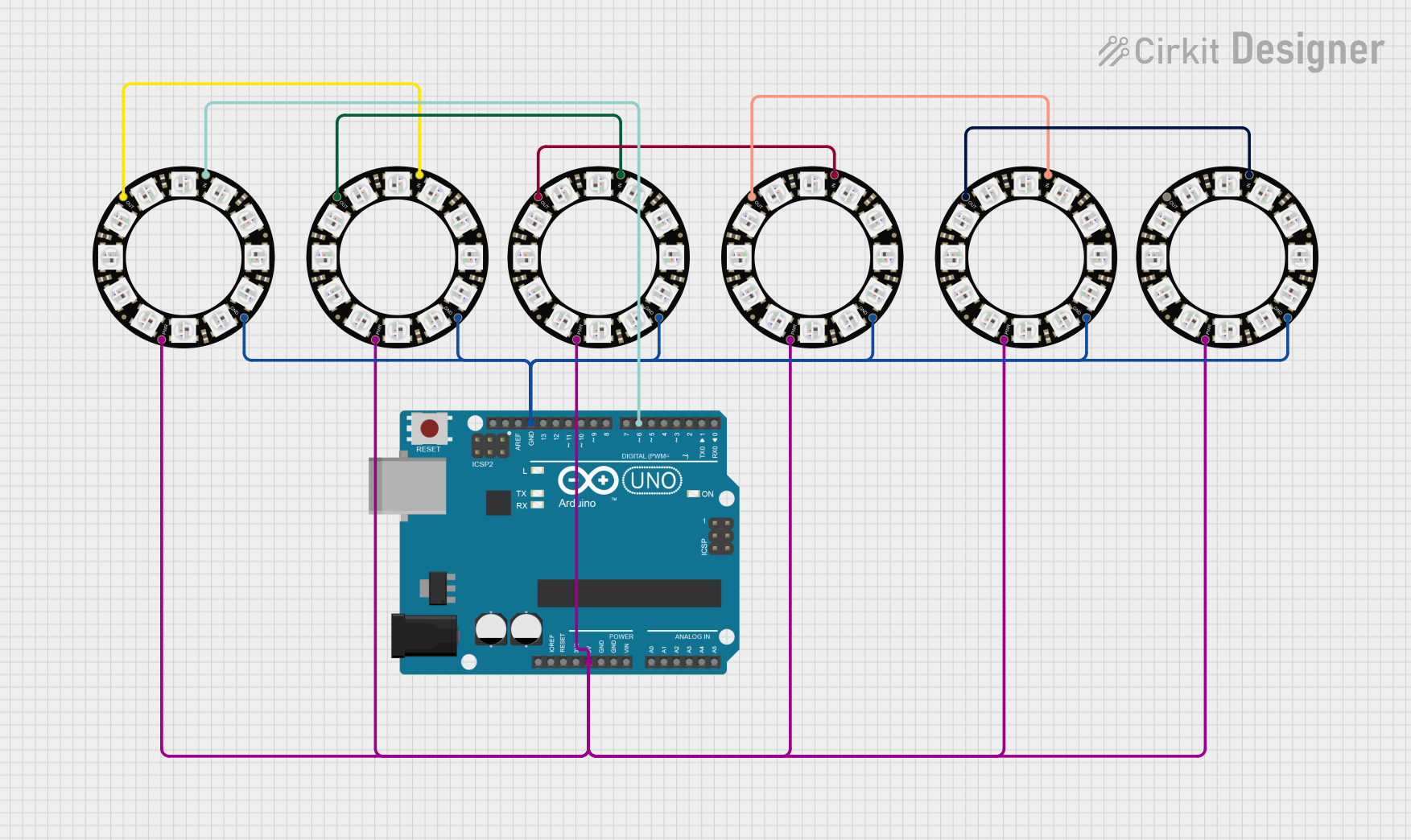
 Open Project in Cirkit Designer
Open Project in Cirkit Designer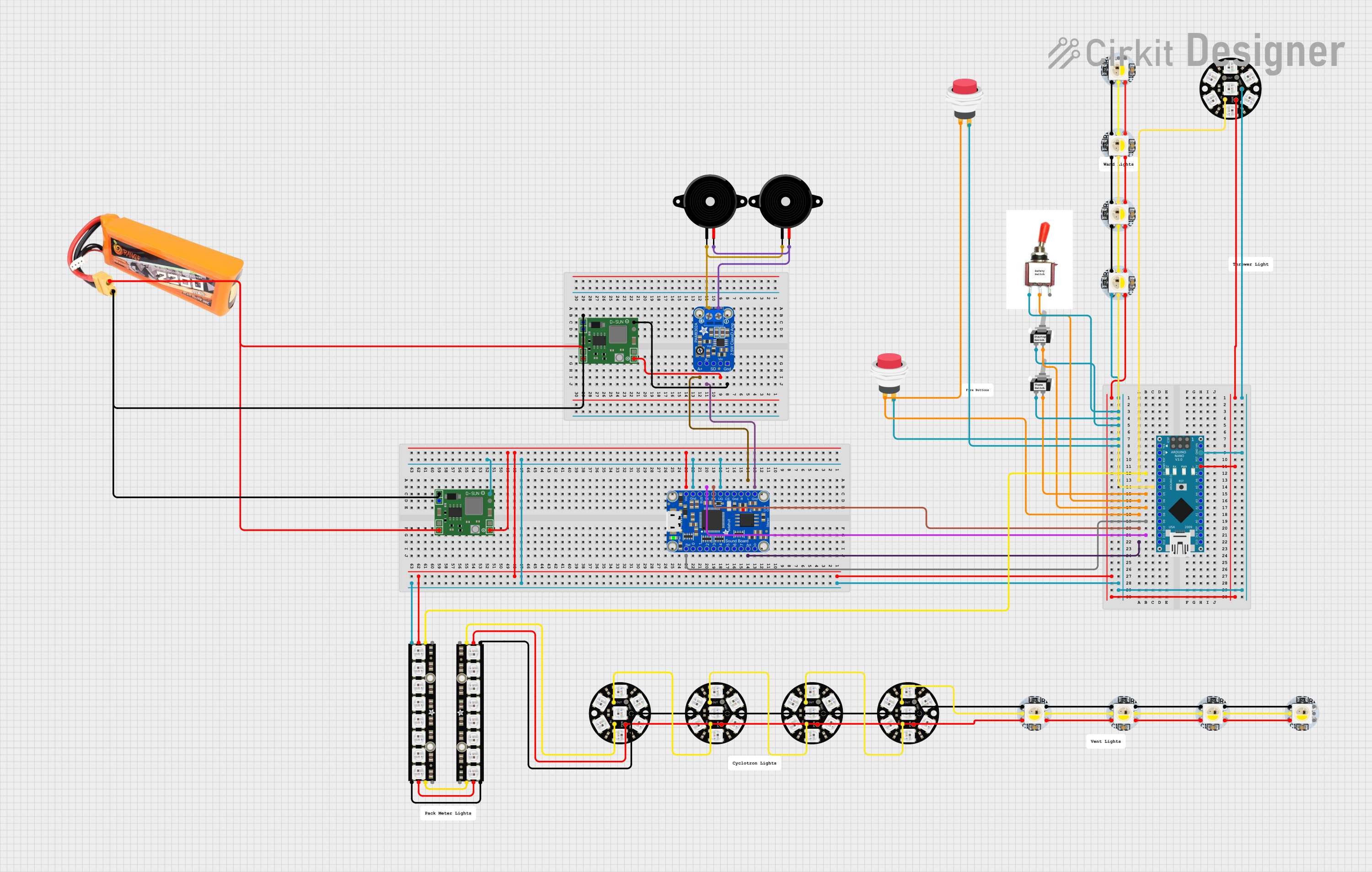
 Open Project in Cirkit Designer
Open Project in Cirkit DesignerExplore Projects Built with Single Neopixel

 Open Project in Cirkit Designer
Open Project in Cirkit Designer
 Open Project in Cirkit Designer
Open Project in Cirkit Designer
 Open Project in Cirkit Designer
Open Project in Cirkit Designer
 Open Project in Cirkit Designer
Open Project in Cirkit DesignerTechnical Specifications
- Operating Voltage: 3.3V to 5V DC
- Current Consumption: ~20mA per color channel (max ~60mA per LED at full brightness)
- Communication Protocol: One-wire (WS2812-compatible)
- Color Depth: 24-bit (8 bits per channel: Red, Green, Blue)
- LED Type: RGB (Red, Green, Blue)
- Data Transfer Speed: ~800kHz
- Viewing Angle: ~120 degrees
- Operating Temperature: -40°C to +80°C
Pin Configuration and Descriptions
| Pin Name | Description |
|---|---|
| VDD | Power supply input (3.3V to 5V DC). |
| GND | Ground connection. |
| DIN | Data input pin for receiving control signals. |
| DOUT | Data output pin for chaining multiple Neopixels (not used for single LED). |
Usage Instructions
How to Use the Single Neopixel in a Circuit
- Power Supply: Connect the VDD pin to a 3.3V or 5V DC power source and the GND pin to ground.
- Data Signal: Use a microcontroller (e.g., Arduino) to send data signals to the DIN pin. Ensure the data signal voltage matches the Neopixel's operating voltage (use a level shifter if necessary).
- Bypass Capacitor: Place a 0.1µF ceramic capacitor between VDD and GND to stabilize the power supply.
- Resistor on Data Line: Add a 330Ω resistor in series with the DIN pin to protect the Neopixel from voltage spikes.
Arduino UNO Example Code
Below is an example of how to control a Single Neopixel using an Arduino UNO and the Adafruit Neopixel library:
// Include the Adafruit Neopixel library
#include <Adafruit_NeoPixel.h>
// Define the pin connected to the Neopixel's DIN
#define NEOPIXEL_PIN 6
// Create a Neopixel object with 1 LED
Adafruit_NeoPixel pixel = Adafruit_NeoPixel(1, NEOPIXEL_PIN, NEO_GRB + NEO_KHZ800);
void setup() {
// Initialize the Neopixel
pixel.begin();
pixel.show(); // Turn off all LEDs initially
}
void loop() {
// Set the Neopixel to red
pixel.setPixelColor(0, pixel.Color(255, 0, 0)); // Red color
pixel.show(); // Update the LED
delay(1000); // Wait for 1 second
// Set the Neopixel to green
pixel.setPixelColor(0, pixel.Color(0, 255, 0)); // Green color
pixel.show(); // Update the LED
delay(1000); // Wait for 1 second
// Set the Neopixel to blue
pixel.setPixelColor(0, pixel.Color(0, 0, 255)); // Blue color
pixel.show(); // Update the LED
delay(1000); // Wait for 1 second
}
Important Considerations and Best Practices
- Power Supply: Ensure the power supply can provide sufficient current for the Neopixel. A single Neopixel requires up to 60mA at full brightness.
- Signal Voltage: If using a 5V Neopixel with a 3.3V microcontroller, use a level shifter to boost the data signal to 5V.
- Chaining: While this documentation focuses on a single Neopixel, multiple Neopixels can be chained by connecting the DOUT of one to the DIN of the next.
Troubleshooting and FAQs
Common Issues
The Neopixel does not light up:
- Check the power supply voltage and connections.
- Ensure the DIN pin is receiving a valid data signal.
- Verify the resistor and capacitor are correctly placed.
Colors are incorrect or flickering:
- Ensure the data signal voltage matches the Neopixel's operating voltage.
- Check for loose or poor connections on the data line.
- Verify the timing of the data signal (use a compatible library like Adafruit Neopixel).
The Neopixel gets hot:
- Reduce the brightness or limit the current by adjusting the color values.
- Ensure proper heat dissipation and avoid prolonged operation at full brightness.
FAQs
Q: Can I power the Neopixel directly from an Arduino UNO?
A: Yes, a single Neopixel can be powered from the Arduino's 5V pin, but ensure the total current draw does not exceed the Arduino's limits.
Q: How do I chain multiple Neopixels?
A: Connect the DOUT pin of the first Neopixel to the DIN pin of the next. Repeat for additional Neopixels. Update the code to reflect the total number of LEDs.
Q: Can I use a 3.3V microcontroller with a 5V Neopixel?
A: Yes, but you may need a level shifter to boost the 3.3V data signal to 5V for reliable operation.